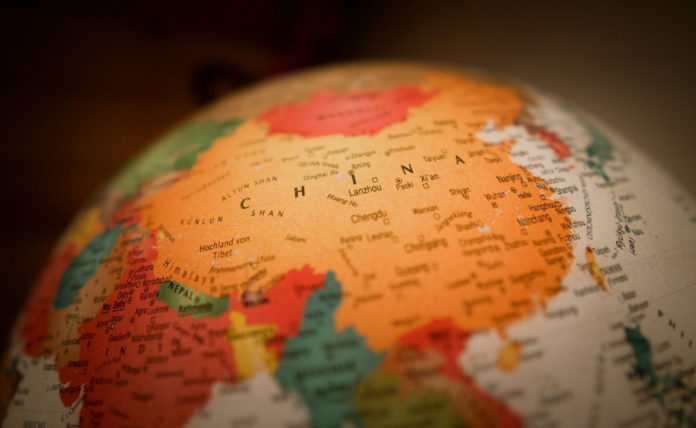
“The U.S. innovates, China replicates, and Europe regulates.” —The Christian Science Monitor
Developed Markets, Frontier Markets and Emerging Markets
Trump tariffs (roughly 25%) punish American consumers, suppliers and foreigners (who will seek new customers), so investors turn to Developed Markets, but since the 1990s European productivity has grown at roughly half American rates, largely due to our high-tech startups. Investment capital is scarcer and energy prices higher. Welfare and regulations mean “Europe does not have a risk culture, and it’s a big problem,” writes The Christian Science Monitor.
Bypassing North Korea, the highest-risk Frontier Markets in places like Bangladesh, Estonia, Kenya and Vietnam face liquidity risks, poor information and nationalization. Before 2011, Frontier markets correlated 0.56 with the S&P 500 while Emerging Markets had a 0.823 correlation. For volatile, affordable stocks with higher growth prospects and acceptable risks, diversify with Emerging Markets.
Faster Growth
Three indices define Emerging Markets: S&P, FTSE and MSCI. China, South Africa and Korea dominate half of 24 markets, which span a third of the globe and two thirds of its population. These nations are clearly urbanizing, developing infrastructure, stabilizing politically and showing some respect for property rights. Wealthy in natural resources but short in discretionary income and education, expect larger materials and energy sectors, low levels of per capita income (Indonesia’s was 1/20th of America’s) and relatively poor financial reporting. But their average economic growth of 4.4% between 1984 and 2009 beat Developed nations’ 2.9%, suggesting investment promise, according to Fisher Investments on Emerging Markets.
Consider Asia first for emerging markets investments. Nationalist political movements in Africa and Latin America threaten foreign investment and destabilizing currencies to give out unaffordable social benefits. Yet Asians often save more than westerners and respect property rights with weaker environmental and labor laws. Government-business alliances give moderate tariff protection and subsidized loans for corporate growth.
Consider two oceanic belligerents:
• China
With a strong, well educated, professional class consuming well and ruling relatively cheap labor with light environmental and labor regulations, China became the behemoth of Emerging Markets and the workshop of the world with R&D and venture capital second only to America. China devours industrial metals to make laptops, phones, solar panels and electric cars. “Exports rose from $52 billion in 1989 to $1.2 trillion in 2007” and, writes Fisher Investments, imports rose as China invested prodigiously in roads and railroads while promoting its Silk Road abroad. Expect service sector and environmental enhancements.
China survived Mao’s famines to rebuild stock markets, but politically anxious oligarchs hoard two thirds of most companies. Chinese can’t invest abroad and bond markets flounder, so investments get bottled into real estate speculation or gold. Economics gets lost when “China’s Ministry of Railways maintains majority control over all rail tracks, setting rates for farm products and ticket prices for migrant workers at artificially low prices to appease the vast rural population.” (Fisher, p. 38). The CCP oligarchy controls banking, law, journalism and Internet communications, somehow educating professionals and greeting foreigners with ready police censoring, security taxing and error welcoming revolution.
• The Philippines
Beating China’s 5.2%, the Philippine economy grew by 5.6% during 2023, following expansion of 7.6% in 2022 and buoyed by strong domestic demand. The Philippine archipelago, near international shipping, boasts the third best geothermal resources in the world, Asean free trade and electronics manufacturing. Half the people speak English, allowing nurses, caregivers and teachers (like my wife) to work phonebanks or send remittances from abroad. Balance this against corruption, “onerous government fees and taxes” and a “lack of predictability in government services/approvals.” With a 20% corporate income tax and 75-year land leases, government maintains democratic support with investment promise.
Risk Culture
Morningstar admits that Emerging Markets stock underperformed American stock in the last 15 years but suggests this may change because of weaker American performance and stronger Asian earnings with clean energy transitions led by basic materials suppliers and makers of electric vehicles and solar installations. Short run, emerging markets are more vulnerable in tariff wars. Eschewing broad index funds, investors should peruse the Heritage Foundation’s Index of Economic Freedom for details on strong ties between economic freedom and progress (which ranks Sweden above America!). Consider stability, peace, labor laws and property rights for “risk culture.”
Robert Arne, EA, CFP, MS, MLO of Carpe Diem Financial Life Planning, gives holistic financial advice as his client’s fee-only fiduciary. He serves mostly Santa Cruz Mountain dwellers. These articles must not be read as personal financial, mortgage, tax or investment advice; consult appropriate professionals. Learn more at www.carpediem.financial.











